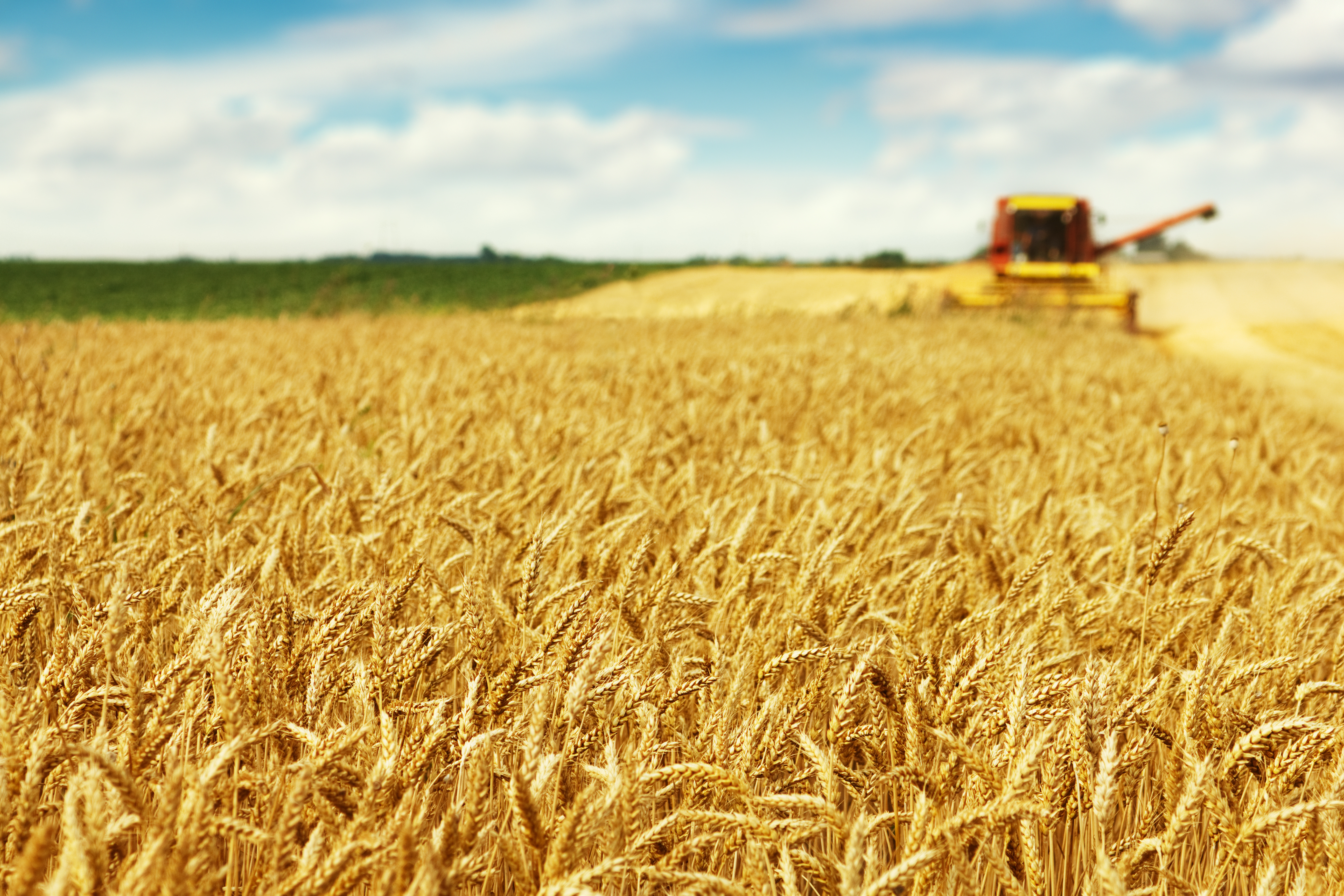KANSAS CITY, MISSOURI, US — Colorado farmers have begun to seed the 2022 hard red winter wheat crop, according to the US Department of Agriculture’s field office in the state. Colorado producers often are the first to begin planting hard winter wheat. The USDA said in its weekly Crop Progress report issued Aug. 30 that the Colorado crop was 12% planted by Aug. 29 compared with 3% a week earlier and 1% as the recent five-year average for the date. No other state reported progress in winter wheat planting by that date, but this was expected to change very soon.
“Dry weather was a concern ahead of fall planting, but producers continued preparations for winter wheat seeding,” the Colorado field office said.
Colorado soil moisture conditions this year were much better than a year ago but compared unfavorably with the recent five-year averages for the date. Topsoil moisture was 45% adequate, 40% short and 15% very short as of Aug. 29. That compared with 18% adequate, 36% short and 46% very short a year ago. The recent five-year average Colorado topsoil moisture for the date was 2% surplus, 57% adequate, 27% short and 14% very short.
Subsoil moisture as of Aug. 29 was 45% adequate, 36% short and 19% very short. A year earlier, subsoil moisture was 18% adequate, 39% short and 43% very short. The recent five-year average subsoil moisture was 2% surplus, 60% adequate, 25% short and 13% very short.
Winter wheat seeding in Kansas was expected to begin in mid-September. Conditions there were favorable with only 15% of winter wheat expected to be planted in areas experiencing drought (2% severe and 13% moderate), according to the USDA’s analysis of the Aug. 24 US Drought Monitor. There currently were no drought concerns for Texas and Oklahoma. Farther north, though, conditions were much drier. Forty-four percent of Nebraska wheat cropland was in drought (18% severe and 26% moderate). Drought gripped 99% of South Dakota winter wheat cropland (23% extreme, 59% severe and 17% moderate), and all Montana winter wheat cropland (3% exceptional, 33% extreme, 57% severe and 6% moderate).
Drought conditions were so dire in the Pacific Northwest, it was thought much prospective winter wheat cropland may not be planted this fall.
The USDA said all winter wheat cropland in Idaho, Washington, Oregon and California remained in drought. Exceptional drought ratings, the highest level of drought, were 87% in Oregon, 92% in Washington, 86% in California and 29% in Idaho.






